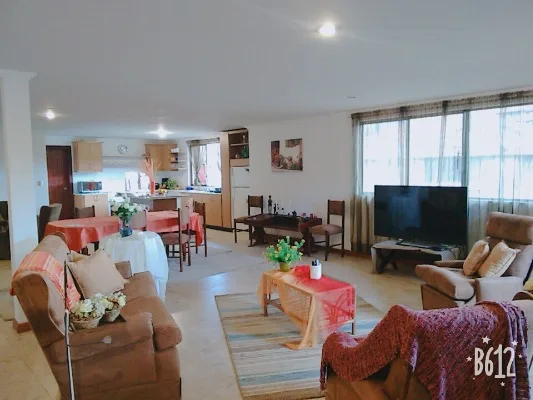New Cotopaxi explosions keep nearby residents on edge; geologists say the volcano is not yet in an eruptive stage but government official says to prepare
New explosions in the crater of the Cotopaxi volcano are showering communities south of Quito with a light ash fall, prompting residents to don paper breathing masks. Two early morning blasts on Friday were followed by four more in the afternoon and early Saturday morning.

An ash crowd rising above the clouds on Friday afternoon. Photo credit: El Tiempo
There were also two “swarms” of small earthquakes that were felt in the area around the mountain.
As officials met in Latacunga and Quito to review emergency plans, geologists emphasized that the explosions and ash fall do not mean that the volcano is in a full eruptive state. They say, however, that activity is increasing and that chances for an eruption have increased.
Fabricio Echeverría, risk management director for the region that includes Cotopaxi, was more direct. “It is time for families to prepare for the coming eruption and identify safe areas to evacuate to when it happens.”
Cotopaxi, at just under 20,000 feet, is the world’s tallest active volcano. Its last major eruption, in 1877, produced lahars and lava flows that spread almost 100 miles from the crater. Volcanologist say a similar eruption today, without mass evacuations, could kill as many as 200,000 people. There were two minor eruptions in the 1940s. Over the past 2,000 years, a major eruption occurs about once a century.

Two women wear masks Friday afternoon in Mulalo. Photo credit: El Comercio
Friday’s blasts sent ash clouds six to eight kilometers into the sky and dropped ash over a large area, from Latacunga to southern Quito. Communities most affected by ash fall were Machachi, Amaguaña, and Tambillo, where most residents were seen wearing masks.
Ecuador’s Geophysical Institute (IG) said that magma may be rising in the crater, creating interaction with water draining down from the surface, causing the explosions. “These kinds of explosions are not uncommon in the early stages of reactivation in volcanoes,” according to a statement issued by the IG.
After Friday morning’s blasts, tourist access to the Cotopaxi National Park was restricted and mountain climbers were ordered off the mountain and out of the climbing refuges located on the flanks of the volcano.
Farmers in the area closest to the volcano said they are concerned about the effect of falling ash on their crops and livestock. In Latacunga, farmers met with geologists for an update of the volcanic activity.
“This is a situation we have not faced for many years,” said Luis Punguil, a farmer living near Mulaló in Cotopaxi Province. “It is hard for us to comprehend that there could be a great eruption and that we might lose everything we have. We need as much information as possible so we can make our plans.”





















